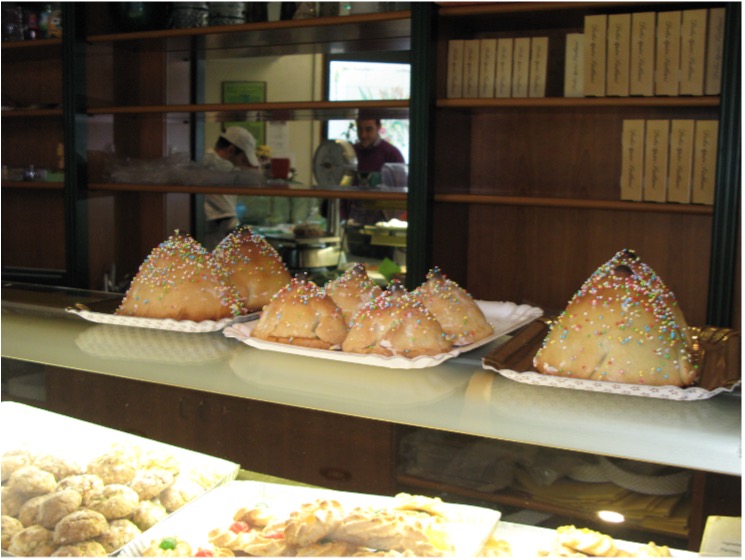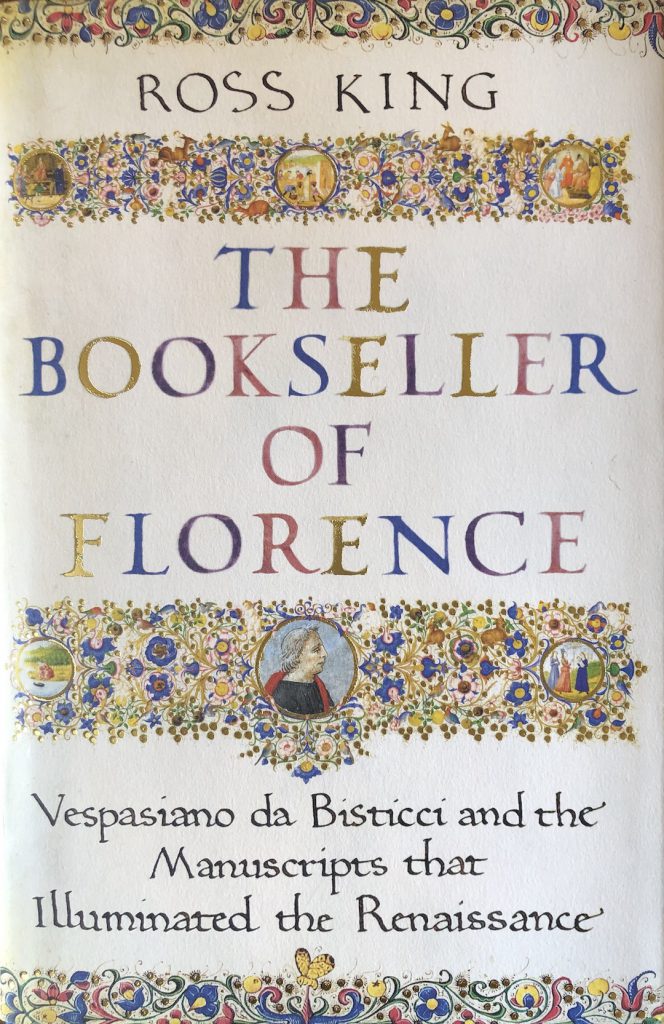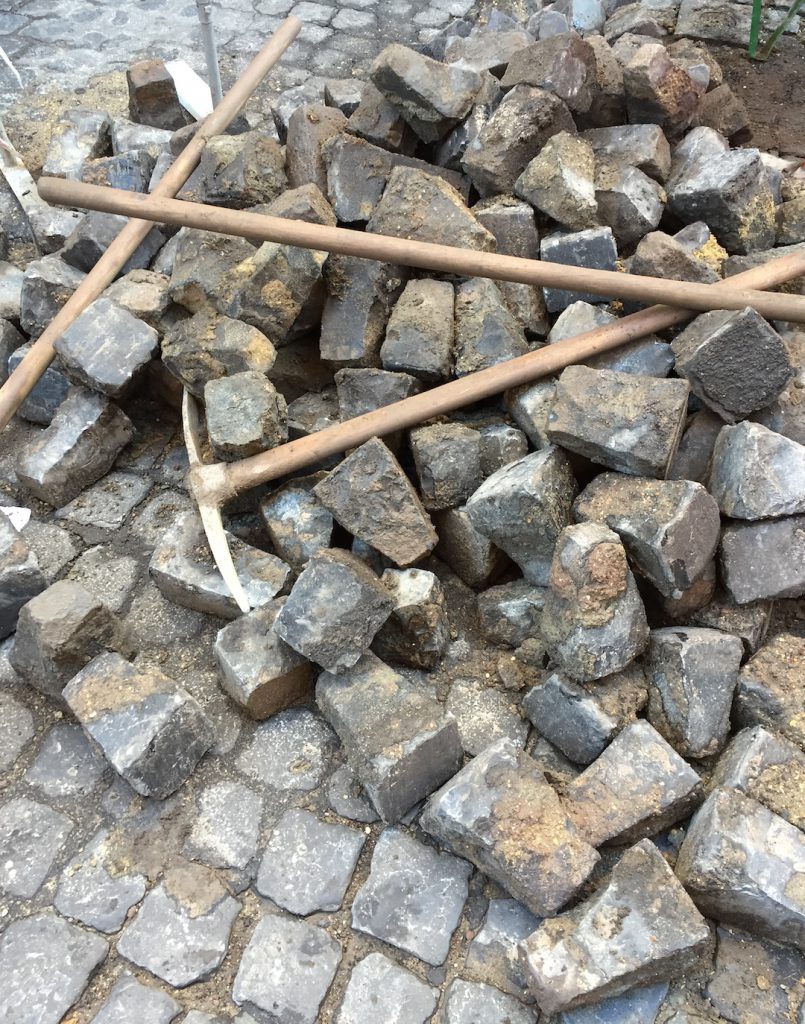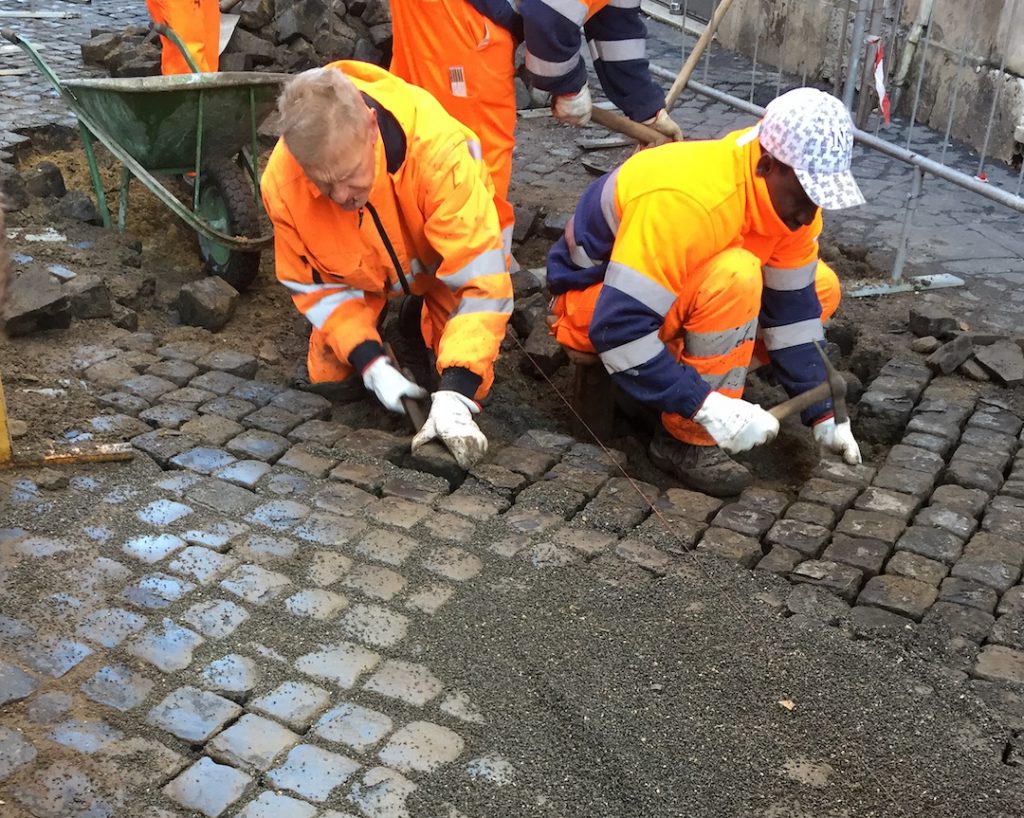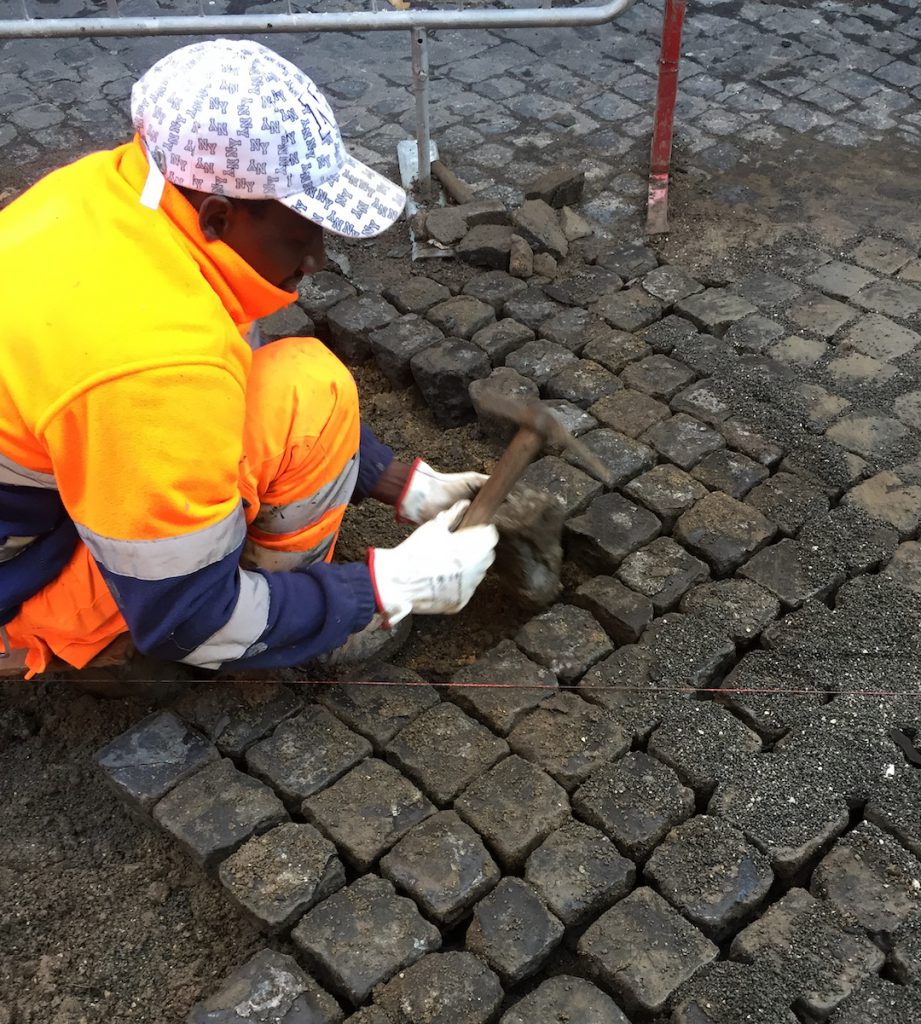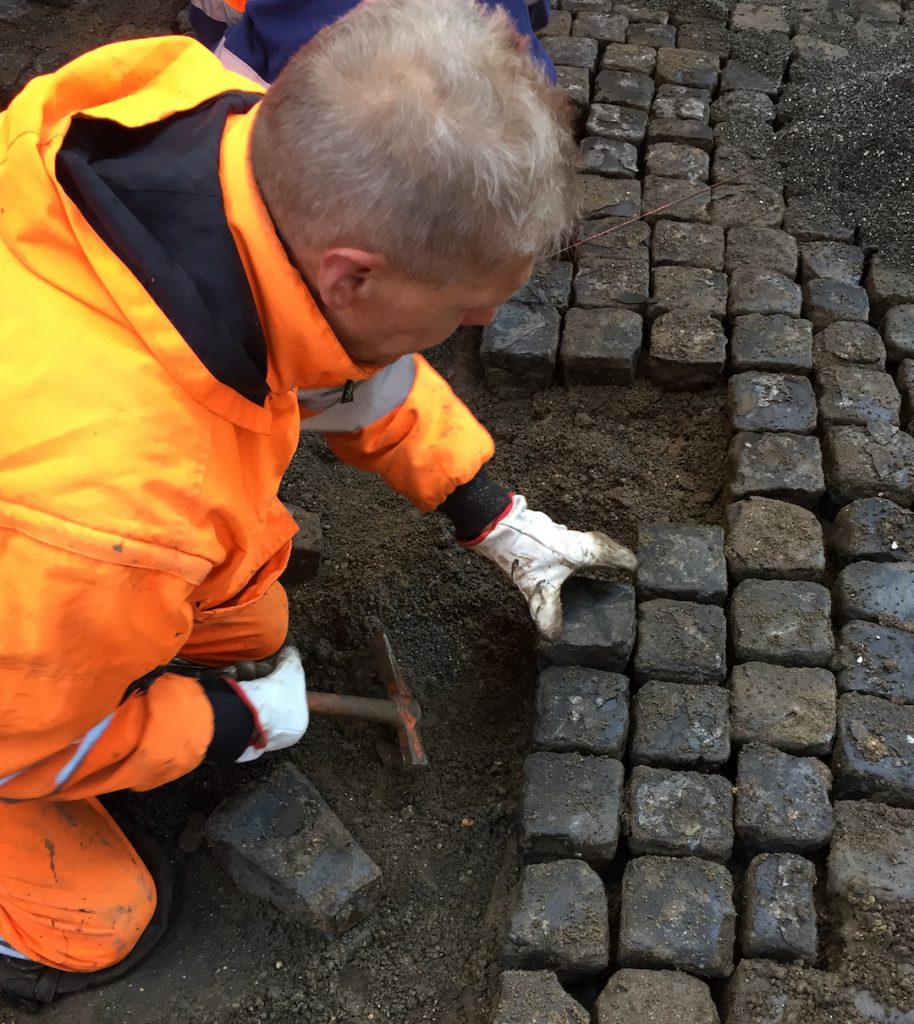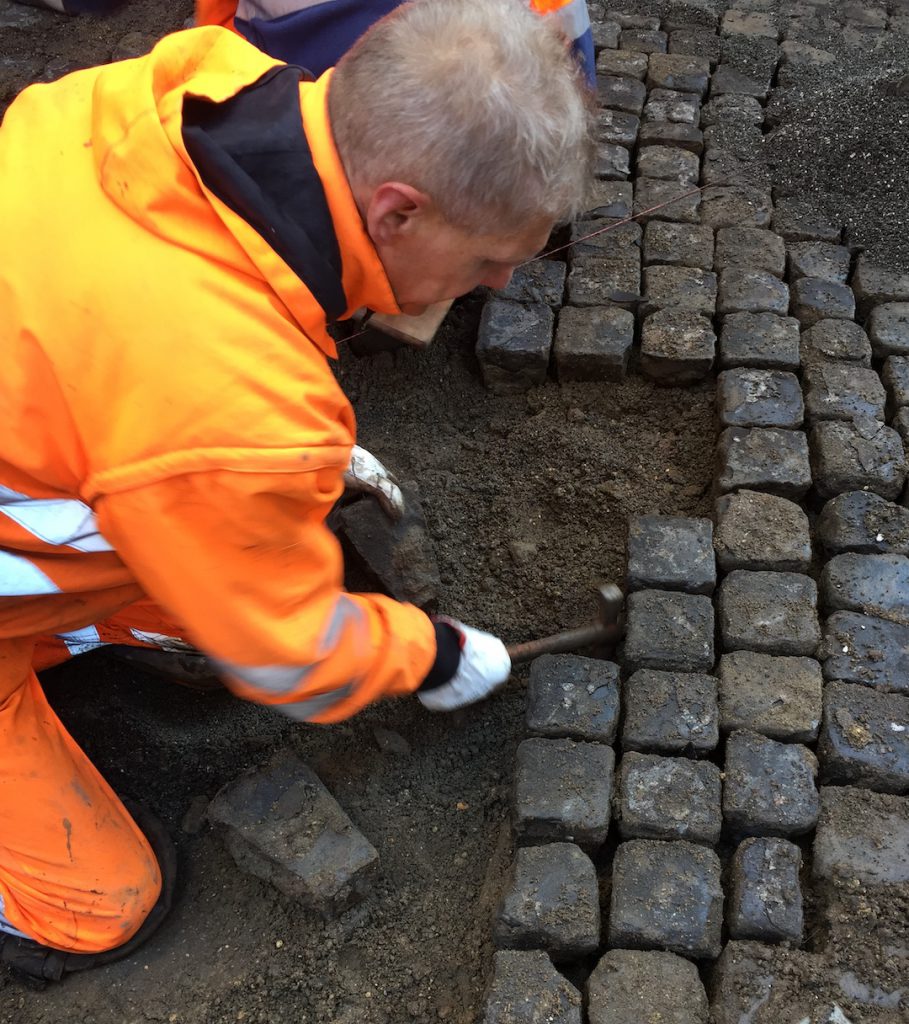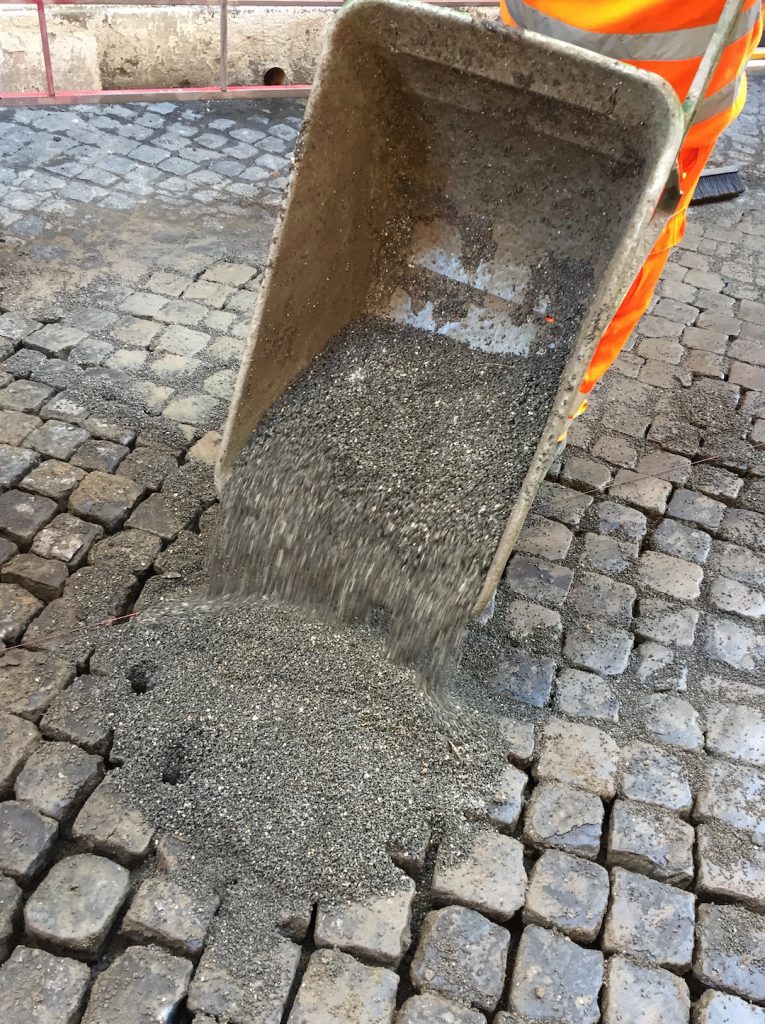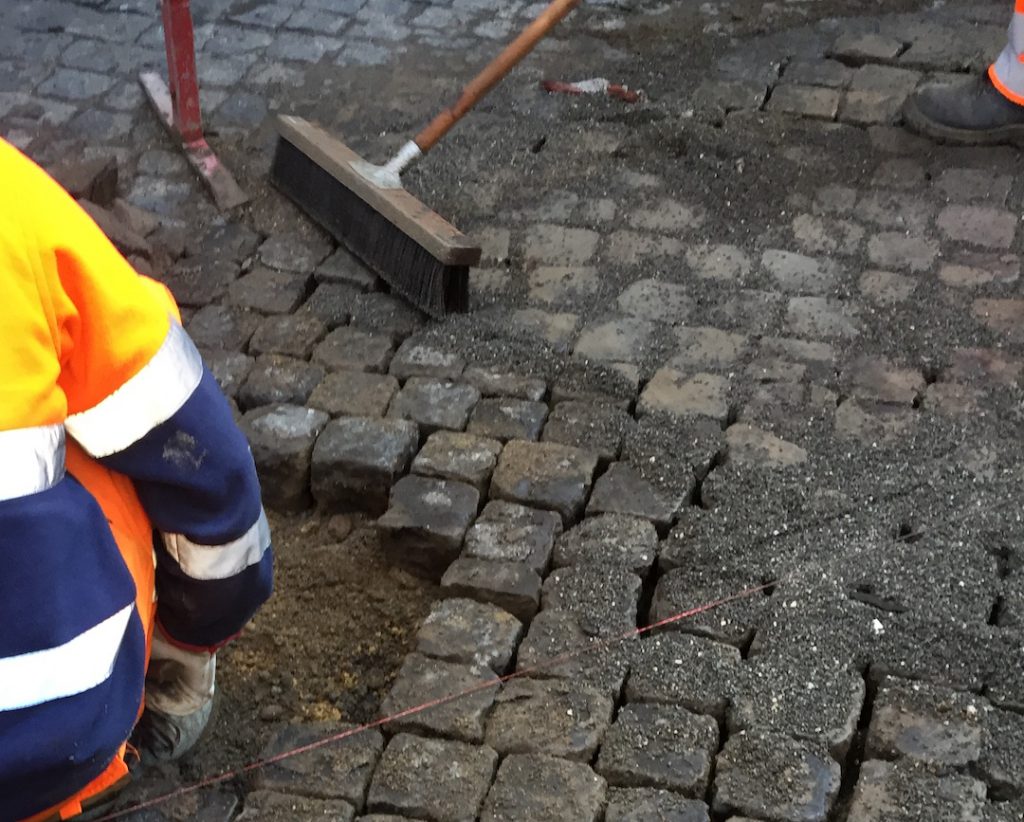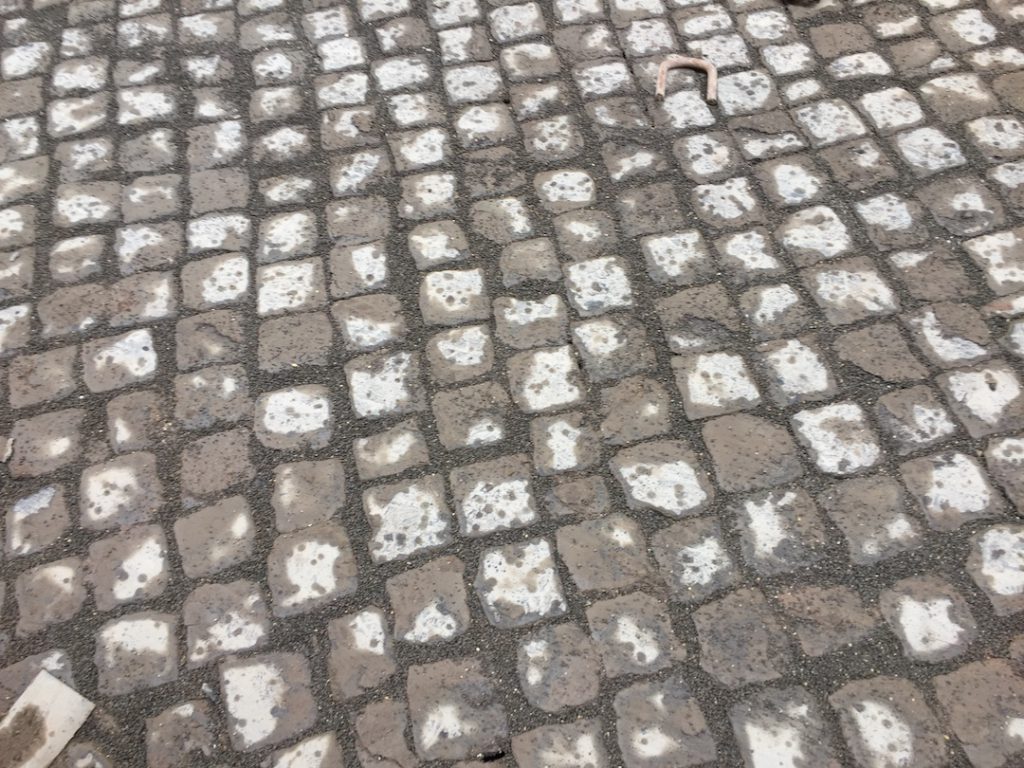The simplicity of the title of this marvellous exhibition (open until 31 July at Palazzo Strozzi and the Bargello in Florence) prepares us for the presence of a series of masterpieces by the greatest Western sculptor of all time. On show in two Florence venues, there are loans from all over the world, especially from the V&A in London. Some of the works have just been restored while others are in the process of restoration. The decision was taken to exhibit some of the statues much higher than usual, following documentation about their original pedestals, or quite simply by looking at their stance.
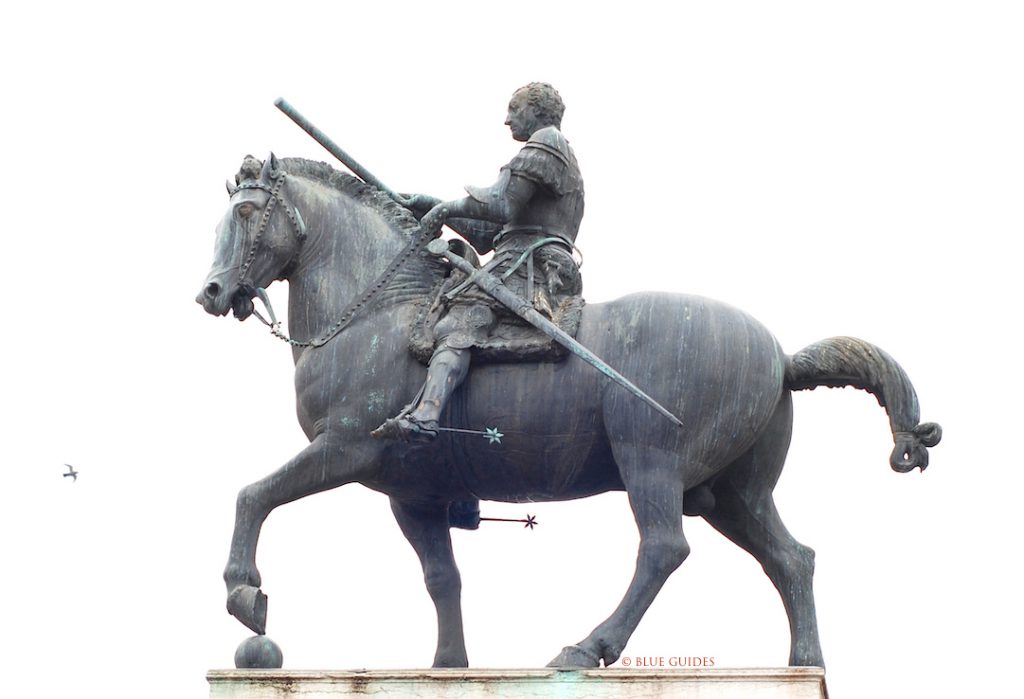
The exhibition gives us a unique opportunity to see up close some bronzes Donatello carried out for the baptistery font in Siena and for the high altar of the Basilica of Sant’Antonio (the ‘Santo’) in Padua. For the hexagonal font in Siena, six gilded bronze panels were commissioned from different Tuscan masters: two from Ghiberti, two from Turino di Sano and his son, and two from Jacopo della Quercia. But in 1423 Jacopo asked Donatello to take on one of his scenes, the Banquet of Herod. This has just been restored in Florence and is exhibited here before being returned to Siena. In the dramatic scene with the Baptist’s severed head presented at the table, it is fascinating to see all Donatello’s innovative details and his use of extraordinary architectural perspective (derived from Brunelleschi). It at once overshadowed the panels by all the other sculptors.
Three works in bronze have been removed from their setting, especially for this exhibition, from Donatello’s famous high altar of the Santo in Padua. When in situ in the dark sanctuary they are very difficult to see. The Miracle of the Mule (one of the miracles performed by St Anthony, to whom the Santo basilica is dedicated) shows a mule owned by a non-believer showing the way to Christ by kneeling in front of the Host. This charming scene is in quite a different spirit to the life-size Crucifix(the technical difficulties overcome by Donatello in creating this work in bronze, unique for its size in the 15th century, are described in the catalogue). Not content to show just the drama of Christ on the Cross, he gives a delicate flick to the loin cloth, as if caught in a gust of wind. The third work on show from the Padua altar is a relief of Christ as the Man of Sorrows.
Marble reliefs by Donatello using his famous ‘schiacciato’ technique are displayed throughout the exhibition, culminating in the last room at the Bargello, which celebrates the ‘Dudley’ Madonna (so named because it was acquired by the V&A from the Dudley family in 1927, although we know it was once in Cosimo I’s study in Florence). This tiny work, thought to date from c. 1440, was only recognized as being by Donatello’s hand around 1992. It had an extraordinary influence on generations of artists, including Leonardo (represented by a drawing from the British Museum) and Michelangelo (his famous relief, recently restored, from the Casa Buonarroti in Florence). It is not always easy to see a direct influence in all twelve works displayed here, but the very fine painting by Artemisia Gentileschi demonstrates an affinity with the marble panel at late as the 17th century.
Much attention has been given to works in terracotta, a medium frequently used in Antiquity but which only came back into favour with sculptors in the first years of the 15th century. The curators have exhibited a number of Madonna reliefs in terracotta, some of them painted, which they believe to be by Donatello’s own hand and which show his early interest in terracotta. They write amusingly that they are fully expecting scholars to contest these new attributions. The majestic Madonna with a playful Christ Child from the Museo Bardini in Florence, and always recognized as by the master, stands out above the others for its remarkable beauty.
Donatello clearly enjoyed experimenting with media other than bronze and terracotta: he even used pietro macigno in three of his works, one of which, his genial Marzocco lion with an almost human face, guards the ‘entrance’ to the exhibition in the Bargello. The name Marzocco, apparently used since the Middle Ages to denote the protector of the city, has mysterious origins. It was originally intended to sit on a column.
There is a room of Donatello’s bronze ‘spiritelli’, or what we now usually call putti. These winged nude children are also familiar from Antique sarcophagi. The most beautiful of these are the small-scale dancing figures – perhaps the one dancing on a scallop shell (from the Bargello) is the most memorable for its joyful grace. Some of these small bronzes used to be taken for Antique works.
Almost all Donatello’s most famous contemporaries are represented, even if only with one work: Luca della Robbia, Masaccio, Filippo Lippi, Brunelleschi, Fra’ Angelico, Andrea del Castagno. But there are also works by the far less famous, including Nanni di Bartolo, who is here recognised as the author of the statue of a prophetin the Florence Duomo (which up to now has usually been attributed to Donatello). Bertoldo di Giovanni, one of Donatello’s most devoted pupils, is also re-evaluated: the lovely bronze bust of a young philosopher in the Bargello is now recognized as his work and not that of Donatello. A drawing from the Ashmolean of four soldiers (one of which is a direct copy from Donatello’s St George) is touching evidence that Raphael was in Florence at the age of 20 when he came to the city to study her works of art.
In the last room in Palazzo Strozzi is the astonishing sight of a huge horse’s head from Naples (much larger than life-size), until recently considered a Classical work but now attributed to Donatello and thought to have been made for an equestrian monument that was never carried out. It was owned by Lorenzo the Magnificent, who donated it to the court of Naples. The sculptor would have been proud to see it displayed beside a magnificent horse’s head of c. 340 BC, one of the least-known treasures in Florence’s archaeological museum but perhaps the most important ancient bronze in the city. Scholars believe it must have been seen in the Medici palace by both Verrocchio and Donatello before working on their equestrian statues in Venice and Padua.
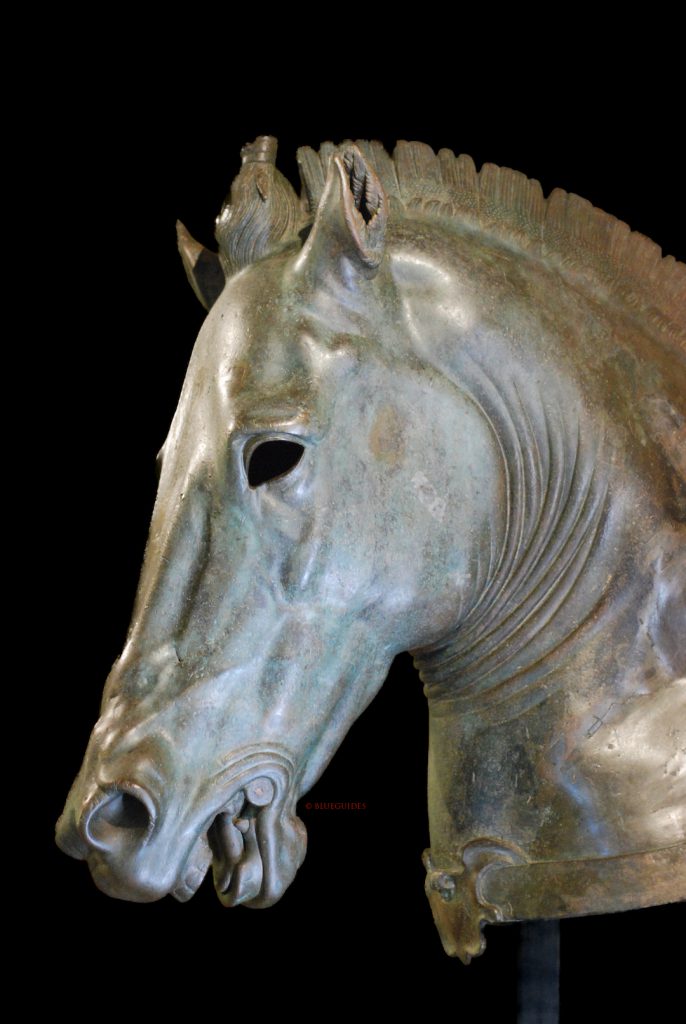
The catalogue, although expensive, is full of interest. Once again, as in so many art historical contexts, it is interesting to note that Vasari is still taken as a fundamental source when describing works of art and their history.
This is an exhibition not to be missed.
By Alta Macadam. For descriptions of the places in Italy with works by Donatello see Blue Guide Florence, Blue Guide Venice & the Veneto, Blue Guide Central Italy. Alta Macadam is currently at work on a new edition of Blue Guide Venice.







